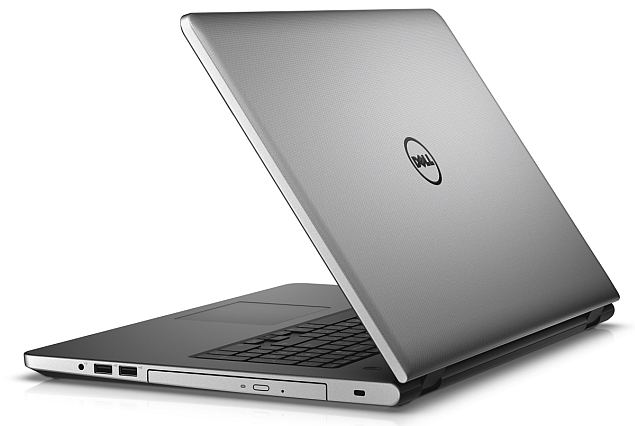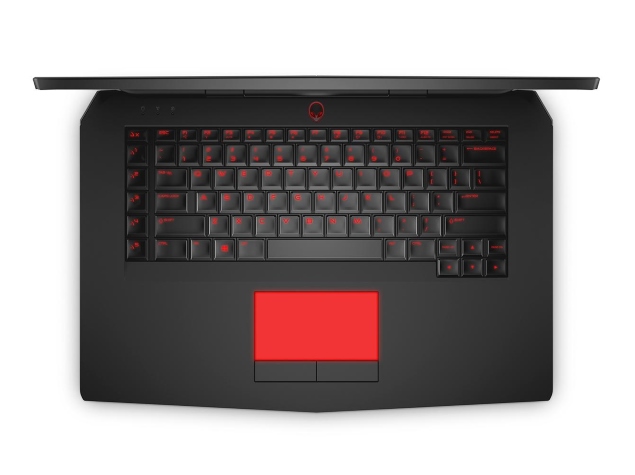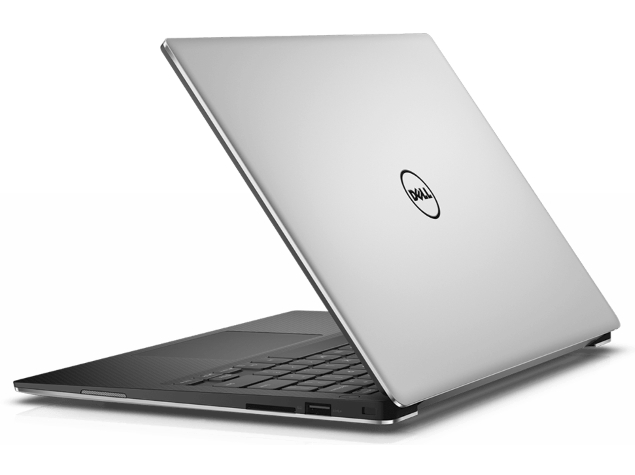Dell India on Wednesday launched what it calls the “world’s thinnest tablet” and expanded its range of products in the country.
The company aims to push higher personal computer (PC) adoption in the country. The PC-maker expanded its XPS, Alienware, Inspiron, and tablet series with the launch of the Dell XPS 13, Alienware 15, Alienware 17, Dell Inspiron 5000 laptops, and the Dell Venue 8 7840 tablet.
While the Inspiron 5000 Series will be available at a starting price of Rs. 39,990 for the Inspiron 15 5000, inclusive of 2 year at home (on-site) warranty, the XPS 13 will be available at a starting price of Rs. 70,990. The Inspiron 14 5000 laptop will be made available in India in Q3 2015.
The Alienware 15 and 17 will be available for Rs. 1,25,990 and Rs. 1,45,990 respectively. The Venue 8 7000 Series tablets will be available beginning July at a starting price of Rs. 34,999.
Commenting on the launch, Ray Wah, vice president, consumer product marketing at Dell said: “We see immense potential for technology adoption in the Indian market. The PC is the hub of creation, and our contribution to the Indian market is to design devices that not only appeal to consumers across all genres, but also consider the unique needs and preferences of that region.”
“We are designing products that are thin and light, offer exceptional battery life, with style and performance, service and software solutions that customers can only get from Dell,” Wah added.
The company also launched an all-in-one 19.5-inch desktop PC that will be available at a price range of Rs. 27,390 to Rs. 40,790 (with touchscreen).
Commenting on the launch of the all-in-one, P. Krishna kumar, Vice President, Consumer & Small Business, Dell India said, “We believe that the future of the PC is strong and lies with the youth and their cognizance that technology is the key to the advancement of their ambitions.”
Dell, which is seeing tough competition from rival brands, believes that the Indian domestic PC market is still unexplored and wants to make PC adoption at homes one of its primary strategies in India.
“With just 10 percent household PC penetration the full scope of the transformative nature of technology is still unexplored,” Krishnakumar added.











